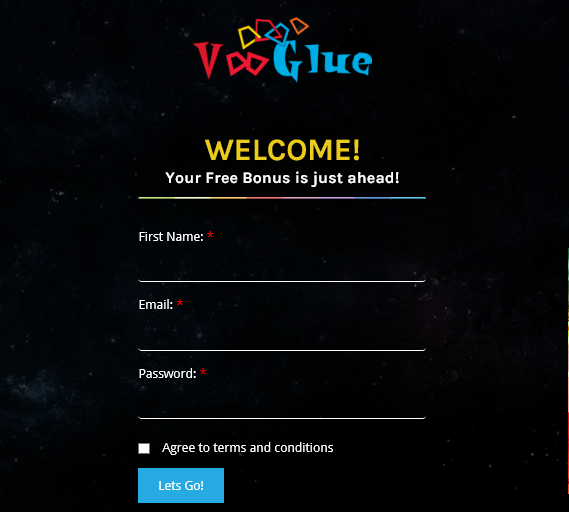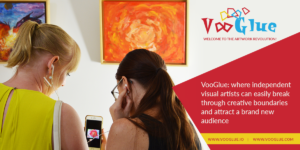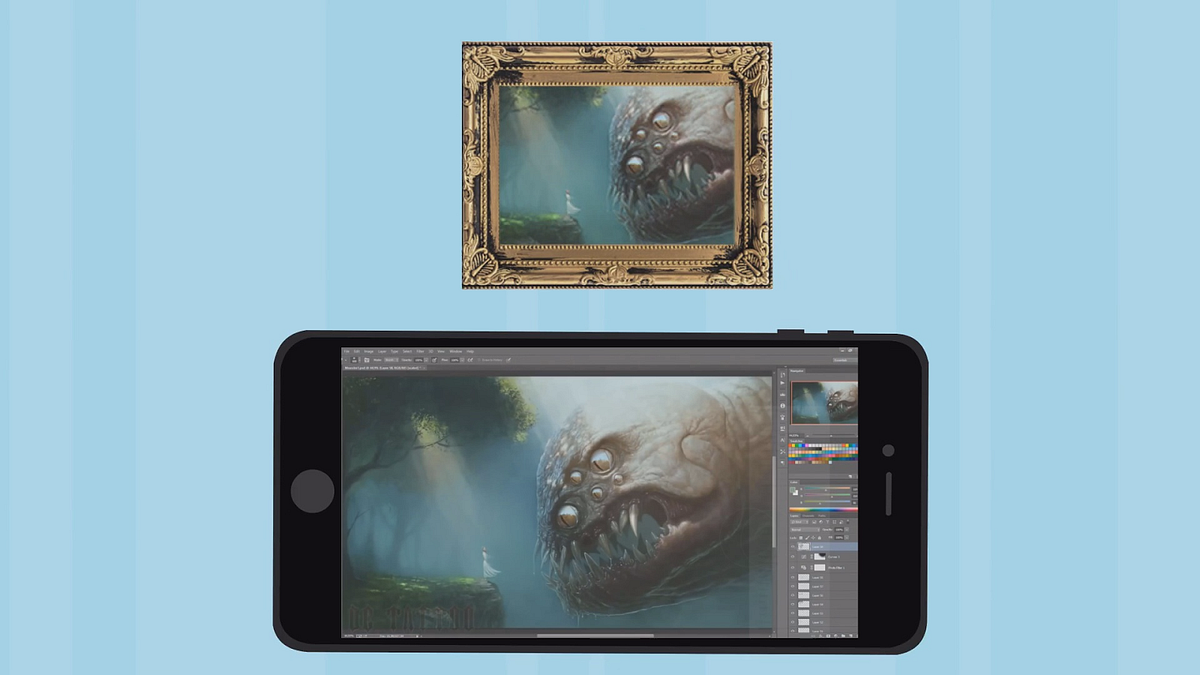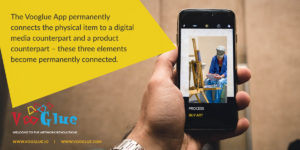How to Buy VooGlue (VGC) Tokens
If you want to buy VGC using Ethereum (ETH) or Bitcoin (BTC) and you don’t already own either of those, here’s a detailed article explaining how to buy them and best practices for storing them:
Entering the Cryptocurrency Ecosystem
The next step is make your own personal Ethereum wallet. This wallet is separate from a centralized exchange where you may have purchased Bitcoin or Ethereum. You’ll need to send your ETH from that centralized exchange to this wallet once you’ve set it up.
There are many ways to make an Ethereum wallet, but a currently popular and user-friendly one is made through a service called MetaMask, which runs as an extension to your web browser.
Here are step-by-step instructions for setting up and using an Ethereum wallet with MetaMask.
When you make the wallet through MetaMask, remember to follow the best practices for storing your passwords / private keys described in Entering the Cryptocurrency Ecosystem.
When you have setup your personal Ethereum wallet and funded it with ETH (sent from the centralized exchange you purchased it, from your friend, from a cryptocurrency ATM, etc.), you are ready to buy VGC.
To buy VGC follow these instructions:
1. Make an account at https://vooglue.io/register

2. Register a Valid Ethereum Address with VooGlue
After making an account at https://vooglue.io/register , you will be prompted to input your valid Ethereum public address for which you control the private key. This is the address at which you will receive your VGC tokens. (See above for how to make this address if you don’t already have one.)
***DO NOT use an address from an exchange (like coinbase, binance, bittrex, kraken, etc). If you use an address from an exchange, you will not receive your VGC tokens because the exchange holds the private key to your address***
NOTE: Even if you intend to purchase VGC using Bitcoin rather than Ethereum, you still need to input a valid Ethereum address. VGC tokens are an ERC-20 standard token and as such are held and managed on the Ethereum public blockchain.
**If you have purchased Ether on an exchange (like coinbase, binance, bittrex, kraken, etc.) you must first send that Ether to the address for which you control the private key.**
3. Send Ether to the VooGlue ICO Contract Address
Once you have accessed your ether wallet, you can send tokens to the VooGlue ICO contract address. Again, here are step-by-step instructions for setting up and using an Ethereum wallet with MetaMask if you don’t already know how.
Make sure to:
- Input the VooGlue ICO contract address in the “To Address” box (this will be displayed in the dashboard at https://vooglue.io/token-sale/ ).
- Indicate how much ETH you would like to send.
- Set the gas limit to 20,000. (Any unused gas will be returned to you.)
- Press “Generate Transaction” and confirm.
3A. Send Bitcoin to the VooGlue ICO Contract Address
You can also purchase VGC tokens using Bitcoin. To do this you can send your BTC from any wallet. The address you send to will be displayed in the VooGlue investor dashboard at https://vooglue.io/token-sale/. Your VGC tokens will automatically be sent to the Ethereum address you setup when you registered in the dashboard.
4. View your VGC
At first you may be able to view your VGC in the dashboard at https://vooglue.io/token-sale/: If you cannot see your tokens follow the instructions here
Thats, when the VooGlue token sale has been completed, your VGC tokens will be visible on the Ethereum public blockchain. At that time an easy way to view the VGC in your wallet is to simply visit https://etherscan.io/ and enter your public Ethereum address into the box at the top-right.

In the “Token Tracker” drop-down box, you can see all of the ERC-20 Tokens that have been sent to your address.
***NOTE: Depending on the stage of congestion of the Ethereum network, it may take several minutes from the time you send Ether to the VooGlue ICO contract address until you receive VGC in your wallet.














